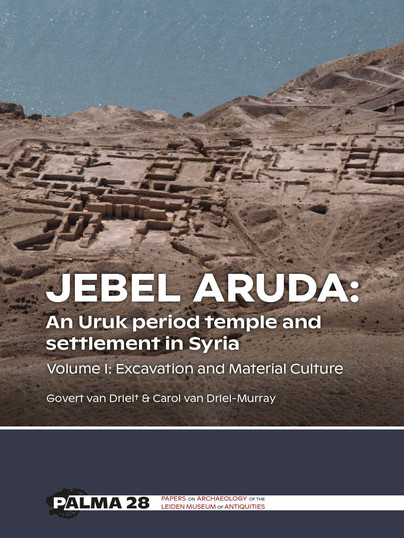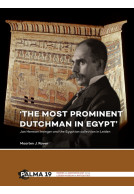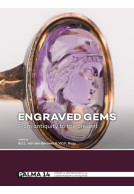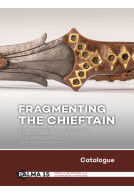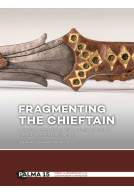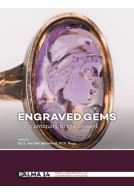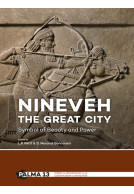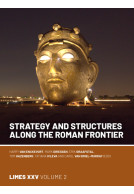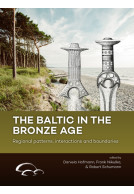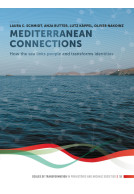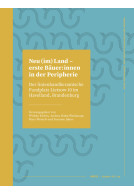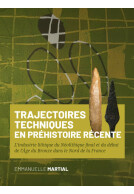Google Books previews are unavailable because you have chosen to turn off third party cookies for enhanced content. Visit our cookies page to review your cookie settings.
Jebel Aruda: An Uruk period temple and settlement in Syria (Paperback)
Volume I: Excavation and Material Culture
Imprint: Sidestone Press
Series: Papers on Archaeology of the Leiden Museum of Antiquities
Pages: 390
Illustrations: 112fc / 385bw
ISBN: 9789464261707
Published: 17th July 2023
Script Academic & Professional
Series: Papers on Archaeology of the Leiden Museum of Antiquities
Pages: 390
Illustrations: 112fc / 385bw
ISBN: 9789464261707
Published: 17th July 2023
Script Academic & Professional
You'll be £60.00 closer to your next £10.00 credit when you purchase Jebel Aruda: An Uruk period temple and settlement in Syria. What's this?
+£4.99 UK Delivery or free UK delivery if order is over £40
(click here for international delivery rates)
Order within the next 6 hours, 12 minutes to get your order processed the next working day!
Need a currency converter? Check XE.com for live rates
(click here for international delivery rates)
Order within the next 6 hours, 12 minutes to get your order processed the next working day!
Need a currency converter? Check XE.com for live rates
Jebel Aruda, a prominent mountain ridge overlooking the Taqba Dam lake in northern Syria, was the location of a remarkable settlement that flourished between c. 3300 and 3100 BC during the so-called Uruk period. For the inhabitants the sacredness of this high place, evidenced by the discovery of a large temple complex, seems to have taken precedent over its impractical location far above the valley of the Euphrates River. The site was destroyed under unknown circumstances, leaving behind the spectacular remains of a well preserved temple complex and numerous houses filled with a rich collection of material culture and administrative tools such as bullae and tablets. A Dutch team excavated the site between 1972 and 1982 while the Tabqua Dam was under construction. These two volumes present the results of these excavations and subsequent research of the remains, with special emphasis on the relationship between the domestic architecture and the finds.These richly illustrated volumes aim to facilitate further research and analysis of an exceptional, short-lived Uruk period settlement, comprising domestic architecture associated with a monumental temple complex. It is intended to appeal to readers interested in Mesopotamia and ancient Syria, as well as archaeologists concerned with architectural and locational analysis in a broader perspective. Volume I presents the results of the excavation, with a discussion of the individual houses and the history of the temple buildings, together with the pottery corpus, the administrative artefacts and sealings, as well as shorter chapters on other material categories (flint, stone etc). The contents of each individual house are presented in Volume II.
Other titles in the series...
Other titles in Sidestone Press...







